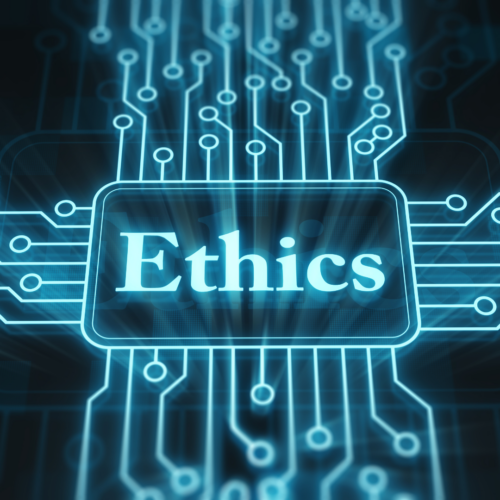What Is AI’s Code of Ethics?
Last week, I attended a PRSA webinar, “The Intersect of AI and Public Relations.” The panel of experts included Chris Harihar, Michael Smart, Mark McClennan, and Hyejin Kim.
I was interested in listening to this discussion around AI and PR because I wanted to learn more about what experts say about how AI is infiltrating the PR landscape. While I find the new AI tools businesses and PR pros are using (such as ChatGPT) impressive technologies, I have questions about the role of AI in PR and its future in the space.
Mark and Hyejin made points that the discussion of AI’s role in the PR landscape and potential biases of the technology is still ongoing, emphasizing that a code of ethics must be developed for the use of AI. It’s our job to be transparent in how we use the technology and be aware of potential biases.
Just as PR pros abide by a code of ethics, I agree in that there should be ethical provisions surrounding the use of AI. If using an AI-generated writing tool, how do we cite the AI’s work, or do we at all? How much AI-generated content should we include in our work? While the panelists seemed to agree that AI can be a useful tool when brainstorming and coming up with new ideas for content, where is the line drawn between brainstorming and writing?
Hyejin points out that she encourages her students to use AI to enhance their creativity in the brainstorming phase but reminds us that it should be used as a tool–not a replacement—for human creativity. I also agree.
AI should not replace our own creativity and search for truth–whether that be in communications, art, writing, production, or other. AI cannot replace the diverse experiences and perspectives we can all bring to the table. I’m curious to see how a code of ethics is developed for the use AI and how that will change how it’s seen in public relations.
To read more about ethics in public relations, take a look at these blog posts:

